From Low Visibility to 97% Buy Box Win Rate: How CedCommerce Scaled Vanity Slabs on Walmart
Reading Time: 3 minutesAbout the Brand Name: Vanity Slabs Inc Industry: Trading Slabs- Vanity Slabs…
Are you a developer building multilingual apps? Do you often handle clients that are demanding multilingual functionality in their mobile apps? Then here is a good read for you! Clients are demanding than ever before! And Multilingual apps demands are now dominating the app development segment of the industry.
The old tactics of high marketing and focusing on the target audience is not enough if you really want to walk away with the prize in the race of successful business. What new should you be doing to win the hearts of the people not only locally but also globally?
Did You Know?
The fact that, although English continues to represent the most common language on the Internet, almost 75% of app users do not speak English, leaves a considerable big market available for multilingual apps. [Statista]
Multilingualism itself gives an open and comprehensive market to your app to grow and generate eminent revenue. When you are visiting a place where no one knows your mother tongue you tend to feel secluded, stranded or helpless.
Language connects people and the same principle is applied to your Angular JS Development also. When clients see their native language, it creates an emotional bond with your app which your competitors might still be thinking of initiating. This exhilarates your app and your business on the global level. This is a strategic approach which encompasses the maximum chances of the good results.
For starters here are some pointers for you to consider while developing multilingual mobile apps
To begin with, you need to have a plan to have a highly efficient product, translation services, testing for better development of the app.
Once you have the layout of the plan, you test the software
When the testing is done, you need to have a proper program dynamics or plenty of spaces, which will enable expansion of texts in various languages.
To prevent bugs in the software, the next step is to encode the strings in UTF-8 mode.
To avoid gender and grammatical agreement issues, we suggest to not use consecution or single strings in multiple contexts.
Now arrange global support in the software to provide international access to the end users. Keep flexible formats of date and time. Make use of the full locale.
To generate a global persona for the mobile app important to consider the symbols, graphics, images, and icons.
At last, access to providing input via a keyboard must be enabled for better customer use
Converting one language to another is easy but it very different when you are trying to switch languages in mobile apps. You require to change not just plain words but the etiquettes, values and much more. When talking about translation, two mechanisms can be adopted. These are
Computer experts have introduced countless algorithms and rules to provide language translations in multiple languages with ease. Nonetheless, it does not offer exact outputs as humans due to lack of creativity and other obvious factors.
Human translation, on the other hand, means text interpretation done by the experts of targeted language. With this mechanism, you will get exactly the content that rules the mind of the users. However it is a hectic task to find translators proficient at multiple languages, this translation style proves to be time-consuming and costly.
Multilingual apps demand to revamp the overall app design to better suit a locale a.ka. Mobile App Localization.
Tip: Employ strings in UTF-8 encoding since it is quicker and less error-prone.
Tip: Customize the menu so that it reflects the usage patterns and preferences of different user groups.
When it comes to RTL languages, let’s take an example of the Arabic language. The Arabic layout is an outright reverse to the traditional Left-to-Right layout used in a big number of languages across the world. One has to ensure that not only does the content have to feature correctly in the Right-to-Left layout but also ascertain that the other features of the mobile application such as icon placements, buttons, drop-downs, images, and scroll bars, etc. were all mirrored.
Tip: You want to apply appropriate CSS files accordingly that ensures that the UI and UX along with the content features correctly.
Flexbox provides flexibility when adjusting the alignment of page elements and other bits, but it also eliminates the need to reassign styles for RTL development.
It is wise to avoid using bold and italics in the text in RTL apps. Capitalization, Italics make readability factor extremely difficult.
Tip: To highlight a certain part of the text in Arabic, overline it instead of underlining, interspacing or italicizing.
Since Latin fonts tend to affect Arabic readability rather poorly. Make sure that all text is aligned to the right, and that font and font size is adjusted properly. Words in RTL languages are often much shorter. So, adjust to keep a balance in how text is displayed in the app.
Did You Know?
The fourth most spoken language in the world is Arabic. [Statista]
Users experience in multilingual apps should compose of local material instead of international essence. Language interpretations have a lot to do with geographical boundaries and distances, developers need to ponder over several variations of the same content.
The challenges in this particular event may include switching to different time zone, integrating local places and synchronizing.
From the statistics shared in the above paragraph, it is clear that the vast majority of people don’t speak English as their first language.
What’s pretty obvious? Arabic speakers want to use Arabic language apps. Obviously! And at the same time, there are apps out there which are hugely popular and have value, yet they don’t reach respective customers because no one takes an initiative to hire a translator.
So here comes your opportunity of developing multilingual functionality in your app. It allows serving a large number of audiences resulting in increased opportunities!
As a developer, you put out your work in terms of the app creation. Multilingual app development requires expertise and careful implementation of the strategical approach that can only be employed by a skilled mobile app developer.
Developing a mobile app for multiple languages showcases your program handling capabilities. In addition to the level of exposure you can tackle or a certain level of expertise that you have to offer is also demonstrated.
Multilingual languages open you up to a world of expansion, be it sales, exposure, client handling, multiple language expertise or even your own portfolio. Ultimately, increasing sales is the driving force behind any decision made by a company.
Developing your business app with multilingual functionality is one of the most effective ways of achieving it. A translated business app introduces you to new customers from markets you did not even know you had access to.
Now that you are aware of the developing multilingual app functionalities benefits, hurdles and overall outlook, the next step you might consider is to include key features of an app that serves your end consumer with all that they demand.
Are you looking for app development teams that provide high-end functionalities like multilingual apps? Then reach MageNative.
And if you want to make sure your new mobile app is a success. Then put it in the hands of the MageNative, that gives you a great mobile app that boosts your presence in the mobile commerce industry. You can also Hire Magento Developers to build your application.
MageNative, child company of Cedcommerce, offers a variety of mobile solutions and has a vast, global client base. The company has been heavily involved with customized m-Commerce developments.
We at Magenative continue to work towards advancing our services, to support our clients! MageNative Mobile App Builder is the one-stop solution for all your mobile native app-building needs. We serve various platforms like Magento, Magento 2, Woocommerce, OpenCart, Magento Delivery App Magento2 Delivery App & Multivendor Marketplace Apps. We look forward to serving you!
The company has a full-fledged research division, which constantly strives to create state-of-the-art solutions for eCommerce store owners looking to expand into mobile commerce.

Reading Time: 3 minutesAbout the Brand Name: Vanity Slabs Inc Industry: Trading Slabs- Vanity Slabs…
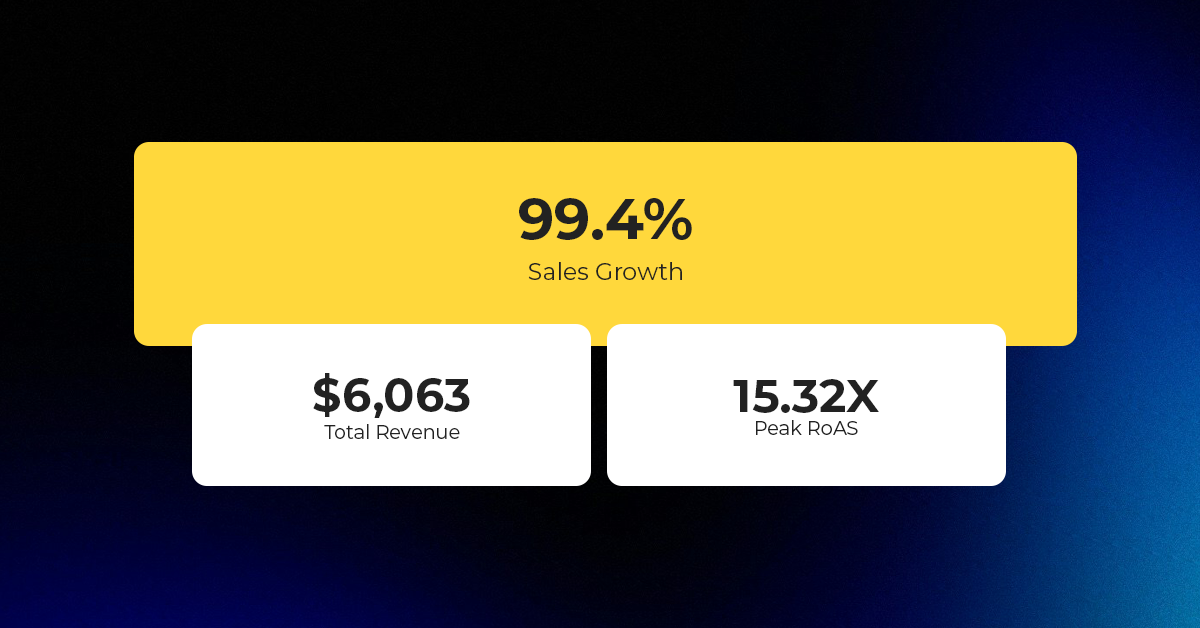
Reading Time: 2 minutesAbout the Brand Name: Ramjet.com Industry: Automotive Parts & Accessories Location: United…

Reading Time: 2 minutesAmazon is rolling out strategic referral fee reductions across five major European…
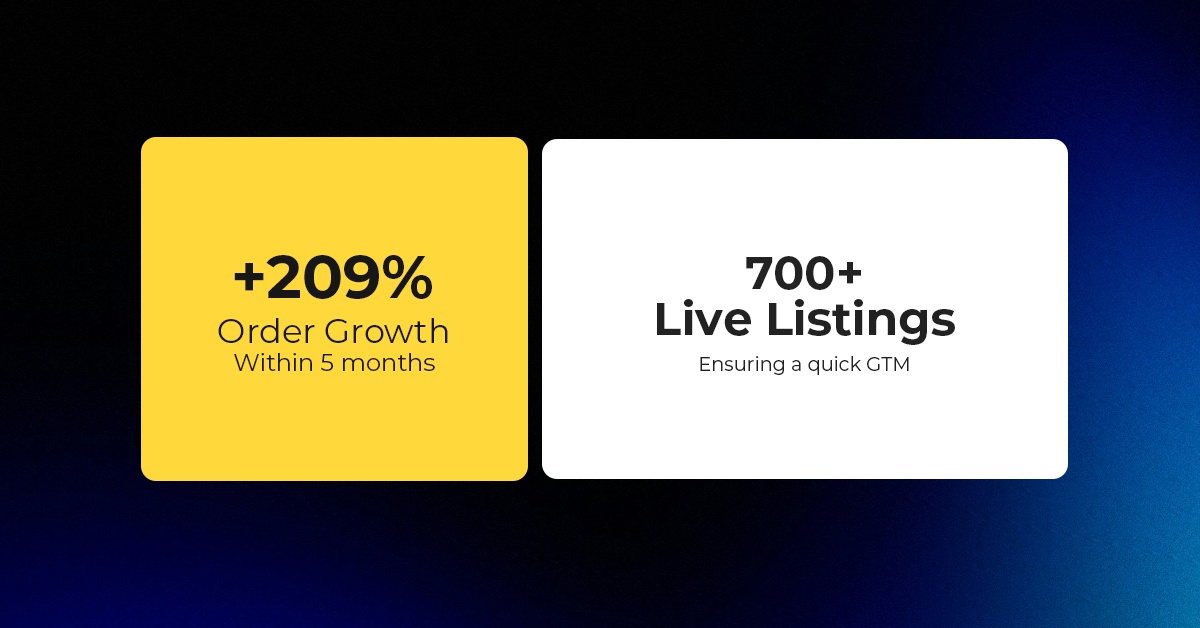
Reading Time: 4 minutesQuick Summary: Scaling Lifestyle Powersports on eBay with CedCommerce Challenge: Zero marketplace…

Reading Time: 4 minutesTikTok has surpassed 460 million users across Southeast Asia, reinforcing its position…

Reading Time: 3 minuteseBay has released its final seller news update for 2025, with a…

Reading Time: 3 minutesAmazon has clarified its stance regarding speculation around a potential breakup between…

Reading Time: 4 minutesWalmart is accelerating its push into next-generation fulfillment by expanding its drone…

Reading Time: 4 minutesFaire, the fast-growing wholesale marketplace connecting independent retailers with emerging brands, has…

Reading Time: 4 minutesB2B buying in the United States is undergoing a fundamental behavioral shift…
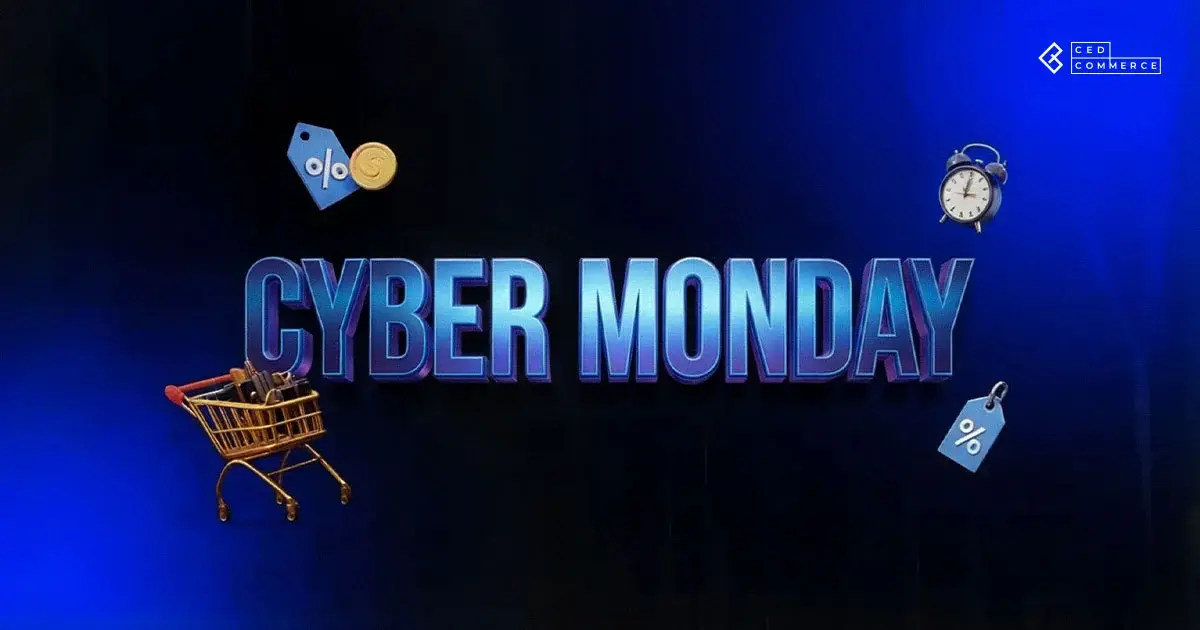
Reading Time: 3 minutesSummary Cyber Monday 2025 has officially become the largest online shopping day…

Reading Time: 2 minutesSummary Amazon kicked off December with two major developments shaping the future…

Reading Time: 2 minutesSummary Walmart has entered December with two major moves that signal a…
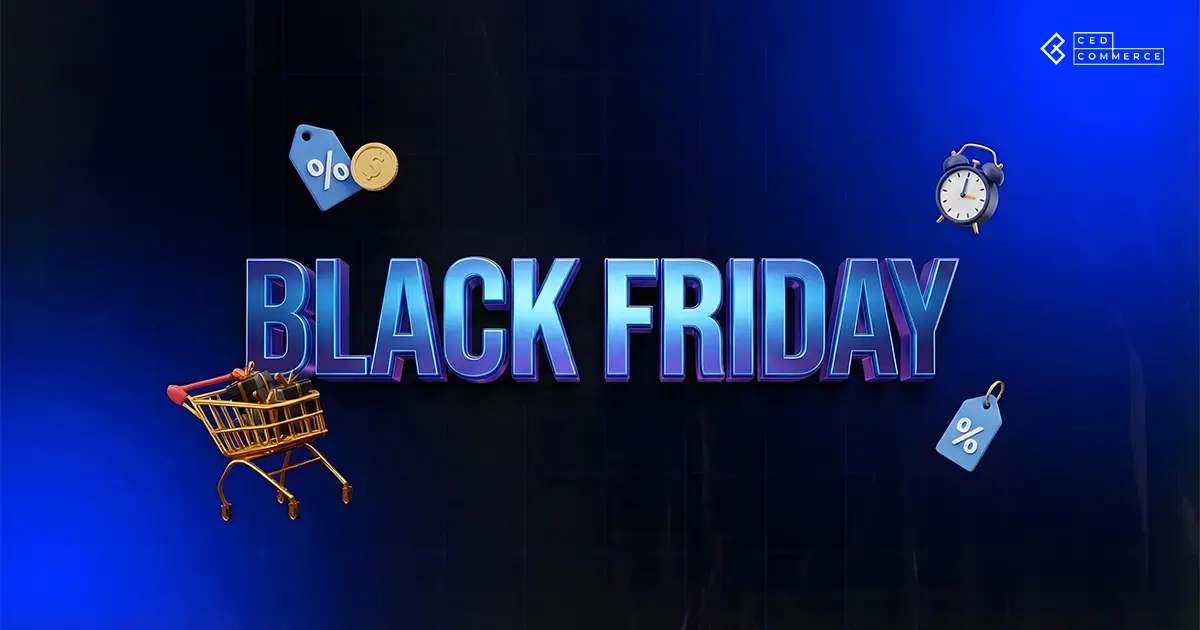
Reading Time: 2 minutesBlack Friday 2025 delivered the strongest U.S. eCommerce performance in history, as…
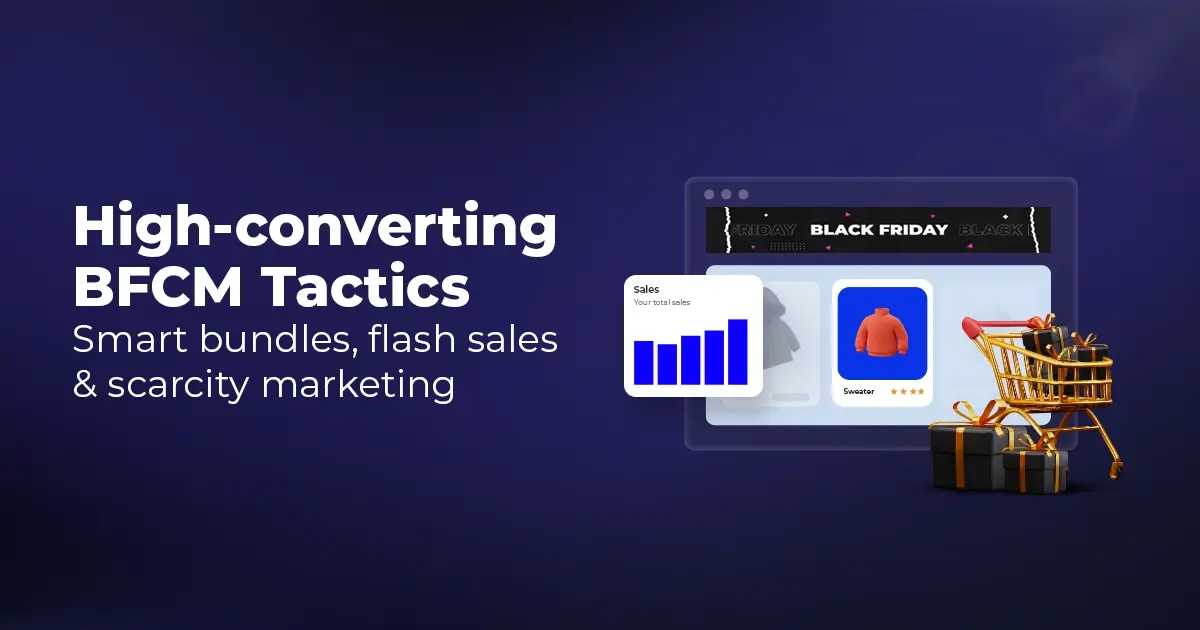
Reading Time: 13 minutesStill approaching BFCM with generic discounts, last-minute price cuts, or scattered promotions?…

Reading Time: 3 minutesTikTok Shop reached a major milestone during its largest U.S. “Global Black…

Reading Time: 3 minutesOpenAI has announced a new AI-powered shopping research tool designed to help…
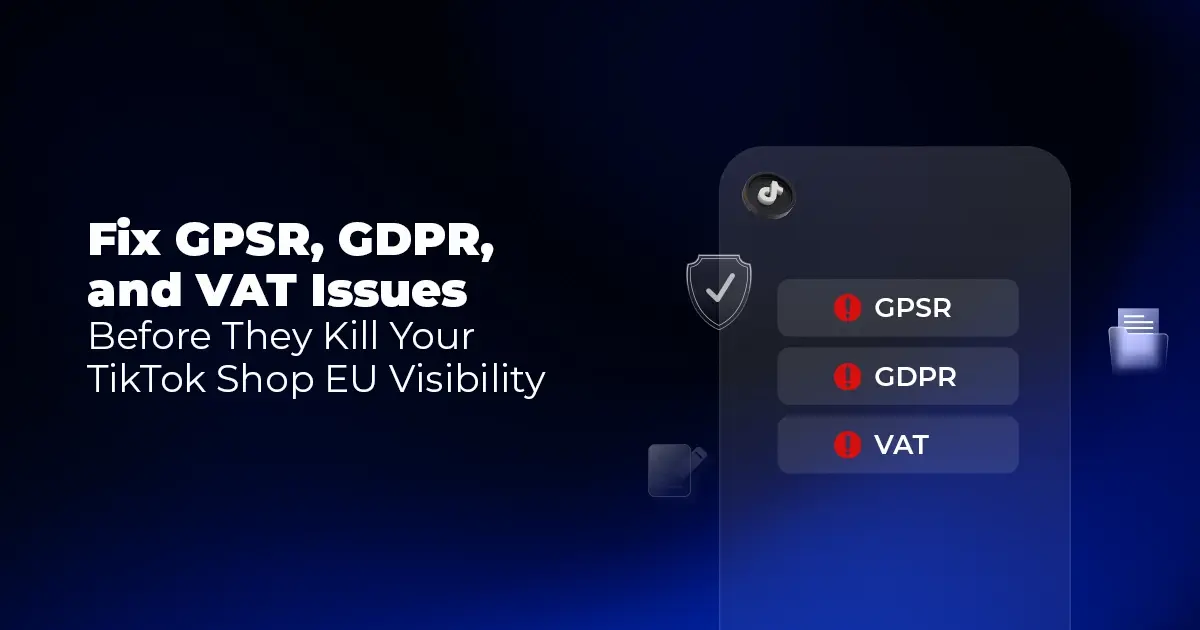
Reading Time: 9 minutesIf your TikTok Shop listings often sit in review or your visibility…

Reading Time: 3 minutesAmazon has rolled out a new “Seller Challenge” feature for eligible Account…

Reading Time: 3 minutesWalmart Marketplace has sharpened its requirements around product classification (category, type group,…
Looking for multi lingual solution on our Bajaj Finserv App
Hi Deepak Bhandari
Thanks for your query, it will be our pleasure to assist you with the best solution, for complete guidance and assistance
kindly contact our support team at-
Whatsapp-+91- 6393417500
Email- support@magenative.com
Skype- support@magenative.com
Thanks and Regards
MageNative Apps
Leave a Reply